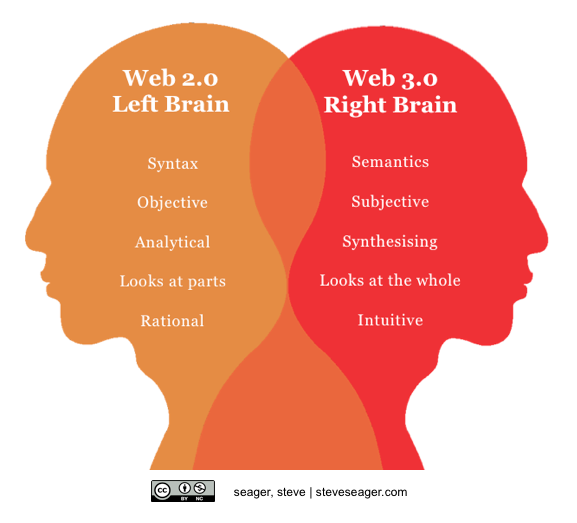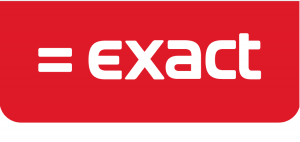What is web 3.0? And why should us communicators keep up to speed? I want to kick off by explaining the difference between syntax & semantics – a core concept in understanding the difference between web 2.0 & web 3.0. I’ll give you the nutshell version of why it’s important to communicators (that includes PRs & marketers). And then leave you with a nice, sticky analogy to ponder.
First, a short definition of syntax & semantics.
Syntax is the formally agreed ‘grammar’ of a language. Its constituent bits.
Semantics is the meaning of language.
Take a look at these things:
Same syntax. (blackberry)
Different semantics. (phone or fruit)
So what’s the difference between web 2.0 & 3.0?
When you search in web 2.0 for ‘Blackberry’ you get the search results for content that is best optimised for the word ‘blackberry’. To do this, the web reads metadata that you write.
You write metadata whenever you optimise your blog, blog posts, website & web copy, online press releases & pdfs. You also do it when you tag a person in Facebook. It’s what helps you find & get found.
But there’s a problem with this in web 2.0.
When you search for blackberry in web 2.0, the results you get are not necessarily the most valuable or relevant content to your specific needs. Why?
Metadata currently just names things for what they are. It identifies syntax. Your keyword strategy. It calls a blackberry a blackberry. But it doesn’t have semantics. It doesn’t know the difference between the fruit or the phone.
To get more relevant content there needs to be more context. The web needs to understand you & your specific needs, better. To do that web 3.0 will look at more & new types of metadata. Not just keyword strategy 2.0.
This new metadata will consider which devices you have, or are searching on, the location you are searching from, your previous & current relationship with the content (e.g. blackberries or phones), your preferences that shift over time, your behaviours over time, your buying history, your personally trusted friends & colleagues across different social networks.
In other words, thanks to new types of metadata, the semantic web will deliver the precise content a unique individual is looking for, in the right format at the right time – & much more too!
Why communicators need to keep up to speed with web 3.0
Here’s a thought. Our job as communicators is to deliver relevant, valuable, content to specific target audiences. If there is new metadata in web 3.0 that helps us do that, can we optimise it? Just like we do with web 2.0? Yep. Some of it we can. And there’s other things we can do too.
For now, the most important thing to remember is that the goal of the semantic web – web 3.0 – is to create more context around everything that we publish online. So that content search & delivery can have greater meaning, relevancy & value for the people we are targeting.
Seriously interesting.
There’s tons more to explore. Loads of implications.
For now, I’m going to leave you with the sticky analogy I mentioned earlier.
“Web 2.0 is left brain & web 3.0 is right brain.”
Have a think about it. More soon on web 3.0.
















